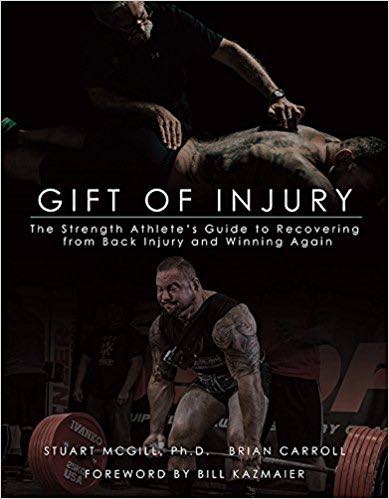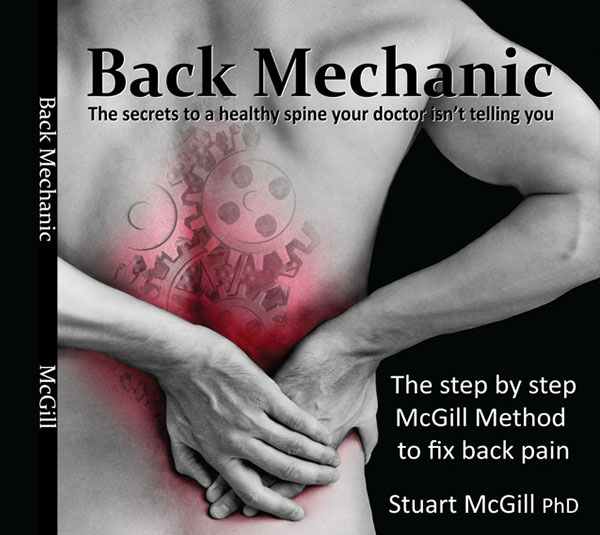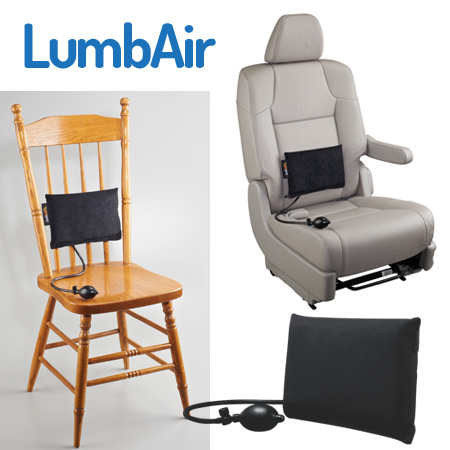22 Oct When Lifting Becomes Dogma: Why Context and Coaching Matter More Than the Barbell
Article Rundown
- Most back injuries happen under submaximal loads, not max efforts — poor coaching and programming are usually to blame.
- Dr. Stuart McGill isn’t “just an exercise scientist” — his research and clinical expertise have rebuilt athletes when others couldn’t.
- Not everyone should deadlift — smart coaches use variations, regressions, and individualization based on injury history and goals.
- True strength is built through context, patience, and precision, not dogma or one-size-fits-all barbell worship.
Why Context and Coaching Matter More Than the Barbell
Let’s get something straight right from the start: almost every injury I see in the clinic starts with a squat or deadlift. Four out of five, easily. And most of those injuries? They don’t happen at max effort. They happen with submaximal weight — a pop, a twinge, a “something felt off” moment — and the lifter’s back is never the same again.
It’s not because they’re weak. It’s because they hadn’t earned the capacity to handle the load (or simply broke form, or wasn’t ready for the load). Other times it just happens. That’s how biological tipping points work — you cross the line, and the body breaks. It’s not emotional, it’s not philosophical; it’s physics, biomechanics, and tissue tolerance.
So when I hear people online, like the Rippatoe parrot who keeps reducing Dr. Stuart McGill’s decades of biomechanical research into sound bites and half-truths, I shake my head. McGill is not an “exercise scientist.” He’s one of the most respected spine researchers and clinicians in the world — a man who has rebuilt athletes when everyone else told them they were done.
This isn’t about being “lazy” or afraid of the barbell. It’s about trauma — physical and psychological — from doing something wrong for too long.
The Myth of “Everyone Should Deadlift”
Some people can return to the deadlift after a back injury. Others can’t. That’s just reality.
For those who can, it often starts with modifications — blocks, rack pulls, sumo stance, or an elevated pull after they’ve rebuilt core endurance and control. Before that, we’re working on carries, kettlebells, and isometrics — the kind of foundational work that internet experts love to call “fluff.”
But those “fluff” exercises are the same tools I used to rebuild myself after a catastrophic spine injury. Seven years after splitting my sacrum, I used the same McGill-based principles to come back stronger — becoming the first person to squat over 1,300 pounds and beat my pre-injury best by 121 pounds.
That didn’t happen by chasing PRs every week or ignoring warning signs. It happened by respecting the process and earning every load through smart progression.
Coaches Have Choices — Use Them
An expert has a full toolbox. That means trap bars, kettlebells, machines, yokes, and the SquatMax MD. It means knowing when to use a belt squat and when to get someone off the floor entirely.
If a lifter can’t go to work, can’t pick up their kids, and can’t get through a day without pain — they don’t need a barbell on their back. They need a plan. I see young athletes every week whose spines were wrecked by coaches chasing numbers. Fourteen-, fifteen-, sixteen-year-old kids with their athletic lives over because someone thought 185 pounds “isn’t heavy.”
Well, it was heavy enough to end their season — and sometimes their sport.
This is where coaching separates the pros from the pretenders. A good coach knows how to regress a movement, rebuild tolerance, and protect an athlete’s longevity. A bad coach hides behind “no pain, no gain” and blames the athlete when they break.
“Just Lift More” — The Internet’s Dumbest Prescription
The guy in this video thinks the answer to every back or knee issue is to “just lift more.” He mocks people who say their back hurts from watching his clients’ videos.
Here’s the irony: my back did start to tingle watching his clients’ deadlift form — because of all the uncontrolled spinal motion. But hey, it’s “only” a little weight, right?
That mindset is dangerous. It’s the same reductionist thinking that says, “If your back hurts, it’s because you sit too much.” Sure, sitting may be a pain trigger or bad position for some, but if you’ve herniated a disc, have a facet injury, or your vertebral endplate is fractured — “sitting less” isn’t going to fix it. You need specific solutions for specific problems.
If a patient walks into the clinic facing paralysis, the question isn’t, “What is your max?” or “When can you deadlift again?” It’s, “How do we get you out of pain, back to life, and able to hold your grandkids?” That’s the real win.
The Lesson
Deadlifting isn’t bad. But it’s not for everyone. The same goes for the squat. The tool isn’t the issue — the application is. Smart coaches and lifters understand that.
McGill’s work isn’t about fear or avoidance. It’s about understanding. It’s about building resilience through precision, not ego. The irony is, the people who shout the loudest online about “lazy lifters” are often the ones too lazy to learn how the body actually works.
Real strength isn’t just about load — it’s about control, capacity, and context.
Final Word
If you haven’t already, check out Gift of Injury and learn what it actually takes to rebuild from the ground up. Not just a barbell and grit — but science, patience, and respect for the process. That’s how you get strong and stay strong.










Sorry, the comment form is closed at this time.